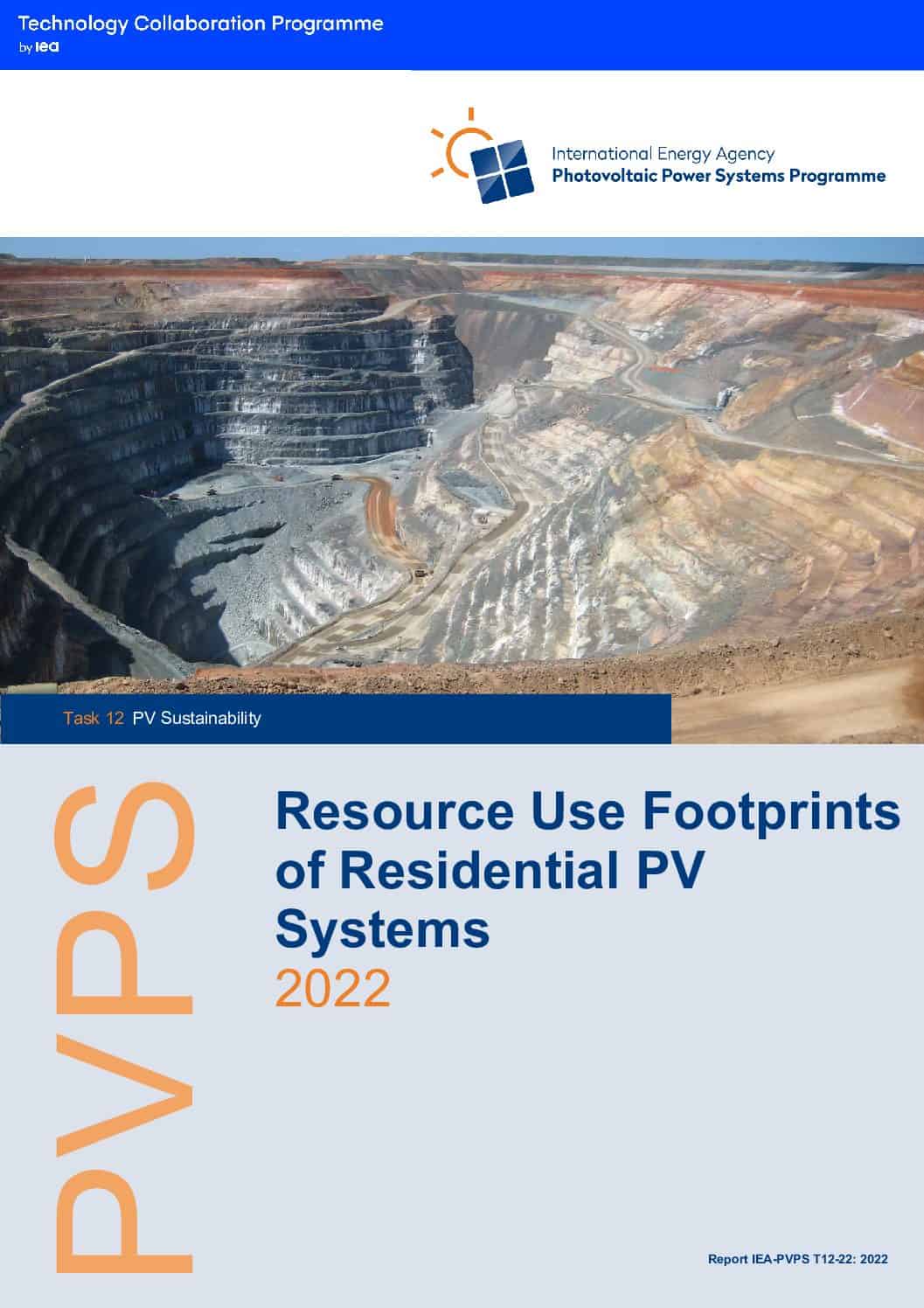Resource use intensity is often mentioned as one of the main characteristics of PV systems and PV electricity. Recently, the International Energy Agency published a report on the role of critical minerals in clean energy transitions. The Product Environmental Footprint pilot study on PV electricity quantified (among other environmental impacts) its abiotic depletion potential. So far, a comprehensive assessment of resource use impacts highlighting the different facets of its impacts is however lacking.
For the first time, the resource use impacts of PV electricity are quantified simultaneously with four impact category indicators recommended or suggested by the Life Cycle Initiative hosted at UN Environment. The indicators cover distinctly different aspects of resource use, namely resource depletion with the Abiotic Depletion Potential, ultimate reserves (ADPUR), economic resource scarcity with the Abiotic Depletion Potential, economic reserves (ADPER), resource quality with the Surplus Ore Potential, Ultimate Recoverable Resources (SOPURR) and re-source criticality with the ESSENZ method.
The resource use impacts caused from the generation of 1 kWh electricity with a residential scale photovoltaic (PV) system installed in Central Europe using mono- and multi-crystalline silicon panels and CdTe panels, respectively are quantified. The product system includes ma-nufacture, use and end of life treatment (take back and recycling) of the PV panels, cabling, inverter and supporting structure, the supply chains of the raw materials and energy used in PV panel and inverter manufacture as well as transport logistics.
Report first published February 2022. Version v1.2 with minor corrections uploaded April 2022.
